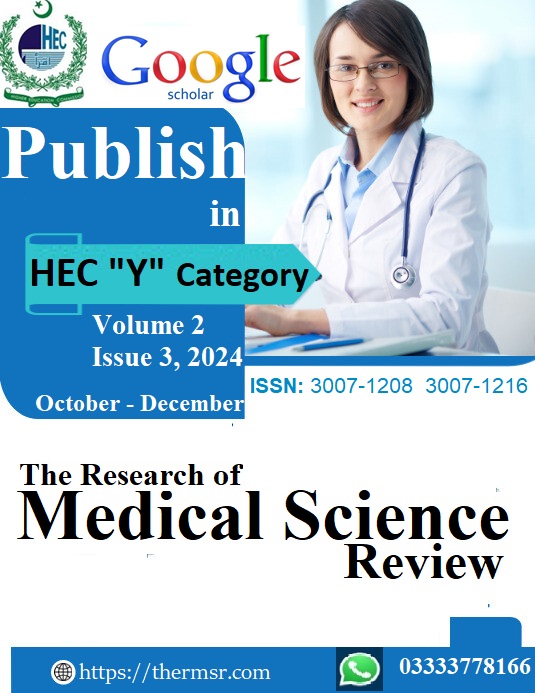NOVEL APPLICATIONS OF PROGRESSIVELY COMPLEX ARTIFICIAL ORGANS IN SURGICAL PRACTICE: AN INTEGRATIVE REVIEW OF ADVANCES, CHALLENGES, AND FUTURE PERSPECTIVES
Keywords:
Artificial organs, bioengineering, organ transplantation, regenerative medicine, biocompatibility, surgical innovations, healthcare technologyAbstract
Introduction: Artificial organs have revolutionized modern medicine, providing life-saving alternatives for patients suffering from organ failure. The increasing prevalence of end-stage organ diseases, coupled with a shortage of organ donors, has driven significant advancements in artificial organ technology. These innovations aim to restore physiological functions and improve patient survival and quality of life. This review explores the progress, challenges, and future prospects of artificial organs in surgery. Historical Perspective: The development of artificial organs dates back several decades, beginning with early mechanical heart valves and dialysis machines. Over time, technological advancements and biomedical engineering breakthroughs have led to the creation of more sophisticated devices, such as total artificial hearts and bioengineered tissues. Milestones in artificial organ development have paved the way for modern regenerative medicine approaches, including stem cell integration and tissue engineering. Current Advances: Recent innovations in artificial organs have focused on improving biocompatibility, durability, and functional integration with the human body. Developments in cardiac support devices, bioartificial kidneys, pancreas, and liver assist systems have enhanced patient outcomes. Advances in biohybrid technologies and 3D bioprinting have further expanded possibilities for creating patient-specific artificialorgans. Additionally, sensory organ prosthetics, such as artificial retinas and cochlear implants, have transformed the management of sensory deficits. Challenges and Limitations: Despite significant progress, artificial organs face numerous challenges, including immune rejection, thrombogenicity, mechanical failure, and high costs. Ethical concerns regarding accessibility, long-term outcomes, and regulatory approvals further complicate their widespread adoption. Ensuring sustainability and affordability remains a pressing issue in artificial organ research and clinical application. Future Directions: The future of artificial organs lies in the convergence of nanotechnology, regenerative medicine, and personalized healthcare. Stem cellbased therapies, organ-on-a-chip models, and AI-driven biofabrication hold promise for developing next-generation artificial organs with enhanced functionality and integration. Advancements in biomaterials and tissue engineering will further optimize long-term performance and patient compatibility. Conclusion: Artificial organs represent a transformative field in modern surgery, bridging the gap between mechanical support and biological function. Continued research, ethical considerations, and policy frameworks are essential for overcoming current challenges and making artificial organ technology more accessible and effective. Future innovations will play a crucial role in addressing organ shortages and improving patient outcomes worldwide.
Downloads
Downloads
Published
Issue
Section
License

This work is licensed under a Creative Commons Attribution-NonCommercial-NoDerivatives 4.0 International License.














